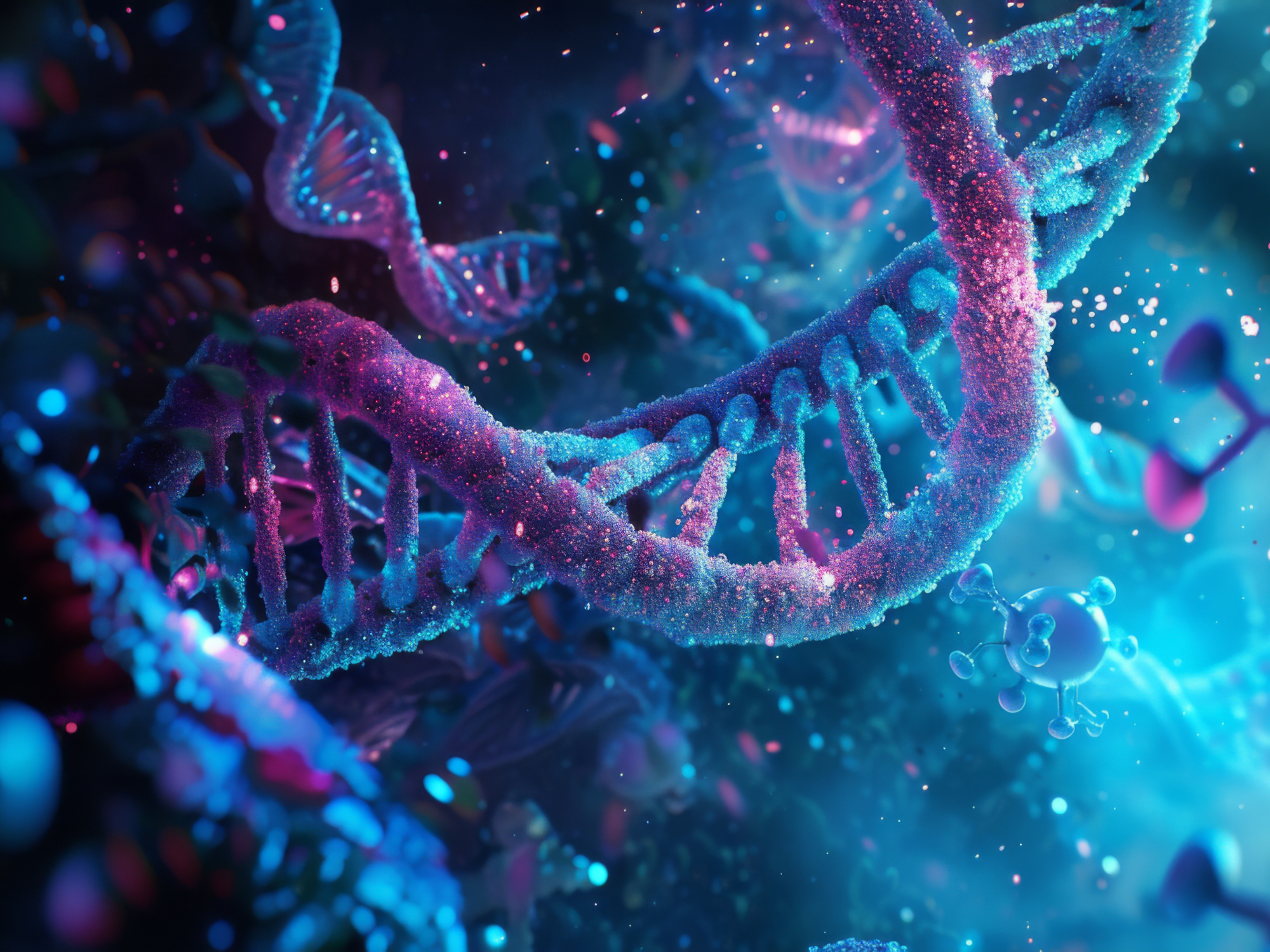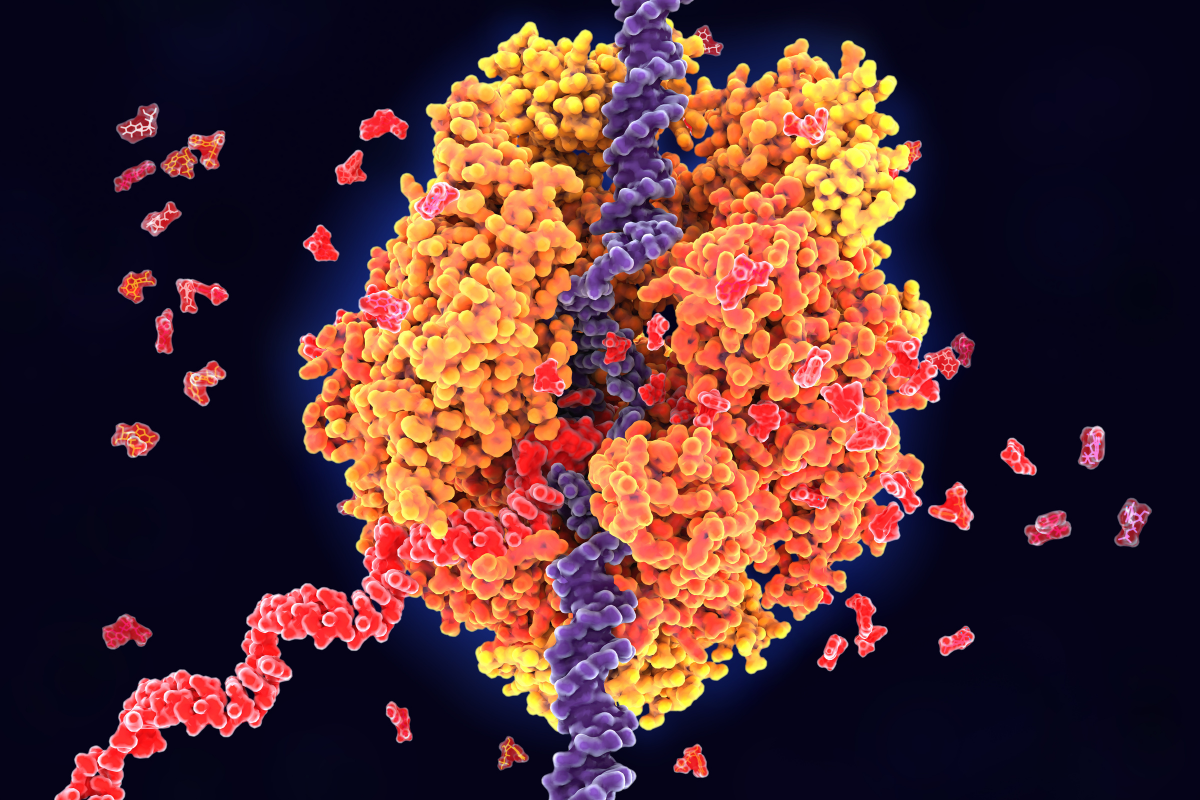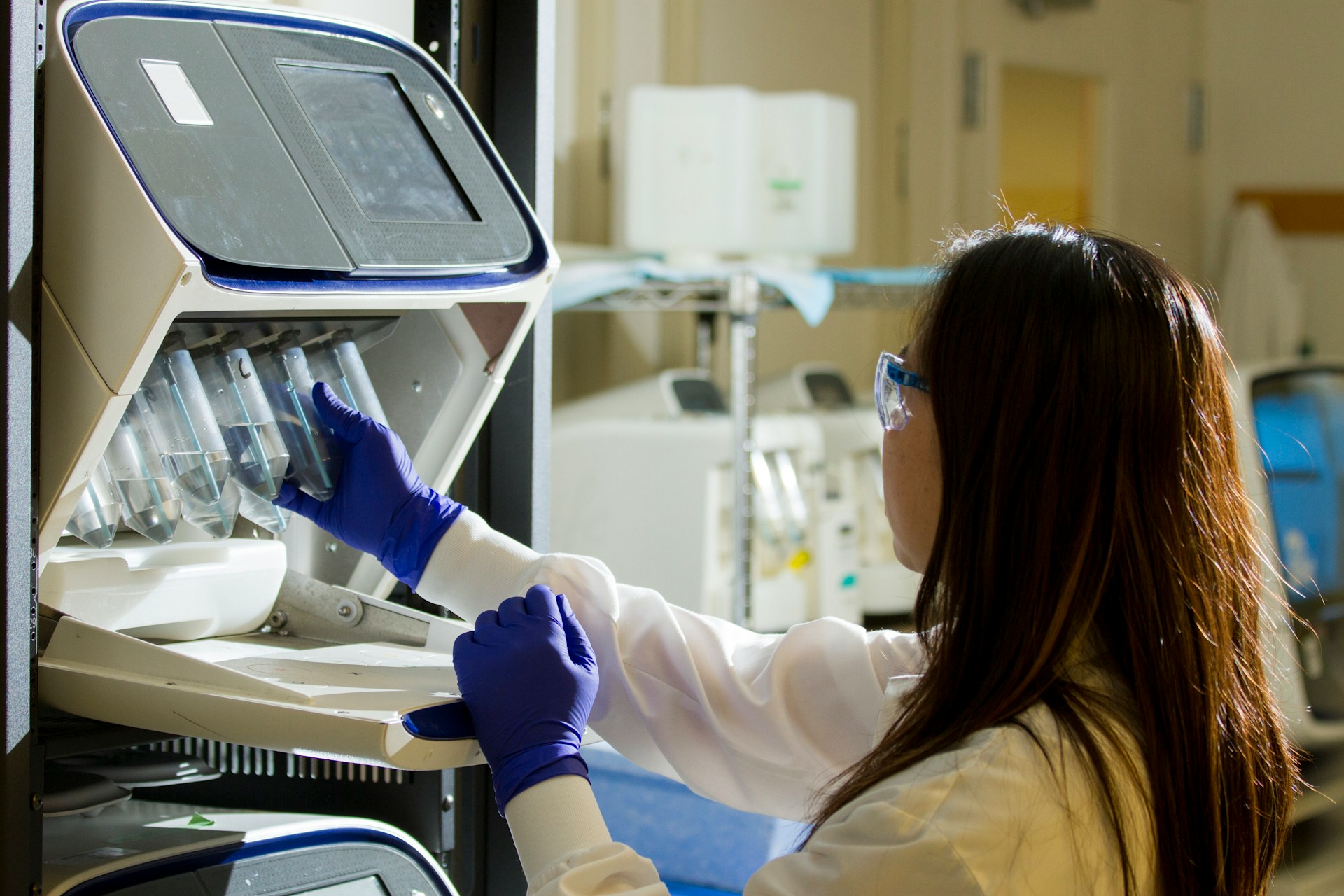Revolutionizing Biologics: Unveiling the Challenges and Innovations in Large-Scale Oligonucleotide Synthesis

In this comprehensive article, we delve deep into the world of Oligonucleotide Synthesis, exploring the challenges and showcasing real-world examples of innovations that are reshaping the field of biologics.
The Significance of Oligonucleotide Synthesis in Biologics
Oligonucleotide Synthesis has a pivotal role of in the world of biologics. Oligonucleotides, these short sequences of nucleotides, are the molecular architects that underpin many biologic therapies. They are the tools that allow us to target and modify specific genes, paving the way for precision medicine.
Biologics has seen a substantial growth over the last 10 years. In 2021, biologic drugs accounted for nearly 28% of the global pharmaceutical market, with a market value of over $264 billion. This impressive growth is a testament to the efficacy and potential of biologics in treating various diseases.
Challenges in Oligonucleotide Synthesis
Cost-Efficiency:
Cost-efficiency stands as a formidable challenge. Producing oligonucleotides on a grand scale can strain budgets, especially given the need for rigorous quality control standards in the biologics sector. The costs associated with reagents, specialized equipment, and skilled personnel can create substantial barriers to the widespread adoption of gene-based therapies.
Statistics underline this concern. On average, synthesizing a 20-base pair oligonucleotide can cost between $50 to $150, a significant expenditure when multiplied for the quantities required for clinical trials and treatments. To make biologics more accessible, we must find ways to optimize costs without compromising quality.
Scalability:
The scalability of oligonucleotide synthesis processes poses another significant challenge. Conventional methods, such as solid-phase synthesis, often struggle to meet the demands of large-scale biologics production. Achieving scalability requires customized equipment and a fine-tuned optimization of reaction conditions, which can be intricate and time-consuming.
Innovations are urgently needed in this area to create cost-effective and scalable methods for oligonucleotide production. Microfluidic systems, for instance, offer precision and control over reaction conditions, potentially streamlining the synthesis process. Additionally, automated synthesis platforms have the potential to significantly enhance production efficiency.
Quality Assurance:
Ensuring the highest levels of quality assurance is paramount. Impurities or errors in synthesized oligonucleotides can have far-reaching consequences, including potential safety risks for patients or suboptimal therapeutic outcomes.
Regulatory bodies, such as the FDA and EMA, have stringent quality control standards for biologics. Meeting and exceeding these standards consistently represents a significant challenge for manufacturers. Ensuring batch-to-batch consistency and minimizing impurities are top priorities for large-scale oligonucleotide synthesis in the biologics sector.
Chemical Modifications:
Many biologic therapies require specific chemical modifications to enhance stability, target selectivity, and reduce immunogenicity. However, introducing these modifications without disrupting the synthesis process can be complex.
Innovative strategies are continuously evolving to address this challenge. The aim is to strike the delicate balance between improving oligonucleotide performance and maintaining the efficiency of the synthesis process.
Innovations in Oligonucleotide Synthesis
Here are some of the exciting innovations that are reshaping large-scale oligonucleotide synthesis in the world of biologics.
Next-Generation Synthesis Platforms:
In recent years, we have witnessed a surge in the development of next-generation synthesis platforms. These platforms promise to revolutionize oligonucleotide production by leveraging advanced chemistry and automation to enhance efficiency and reduce costs.
One innovative approach is the use of "flow chemistry" systems, allowing continuous synthesis and purification of oligonucleotides. This eliminates the need for time-consuming purification steps between synthesis cycles, significantly accelerating production.
Machine Learning and AI:
Artificial intelligence (AI) and machine learning are making their mark in biologics and oligonucleotide synthesis. These technologies optimize synthesis processes, predict impurities, and enhance quality control.
By analysing extensive datasets of synthesis outcomes, AI identifies patterns and parameters that lead to the most efficient and pure oligonucleotide production. This not only expedites research and development but also reduces costs.
CRISPR-Cas9 and Base Editing:
The emergence of CRISPR-Cas9 and base editing technologies has expanded possibilities for oligonucleotide design and synthesis in the biologics sector. These revolutionary gene-editing tools enable precise and targeted modifications of DNA, offering new avenues for gene-based therapies.
Oligonucleotides can guide CRISPR-Cas9 to specific genetic loci, facilitating gene correction or knockout. Additionally, base editing techniques enable the direct conversion of one DNA base pair to another, addressing genetic mutations at the molecular level.
Modified Nucleotides and Conjugates:
Chemical biology advancements have led to a diverse array of modified nucleotides and conjugates that can be incorporated into oligonucleotide sequences. These modifications enhance stability, target binding, and cellular uptake, vital for the success of biologic therapies.
For example, phosphorothioate linkages and 2'-O-methyl modifications extend the half-life of oligonucleotides in vivo, prolonging their therapeutic effects. Conjugation with delivery vehicles like lipid nanoparticles improves cellular uptake and distribution.
Real-World Examples of Innovation
To illustrate the impact of these innovations, here are some real-world examples of how they are being applied in biologics research and development:
mRNA Vaccines:
The recent development of mRNA-based vaccines against infectious diseases, such as COVID-19, is a remarkable example. These vaccines, like those developed by Moderna and Pfizer-BioNTech, rely on large-scale oligonucleotide synthesis to produce the messenger RNA (mRNA) encoding the viral spike protein. The innovation lies in the speed and precision with which these vaccines were developed, underscoring the potential of oligonucleotide synthesis in biologics.
Antisense Oligonucleotide Therapies:
Antisense oligonucleotide (ASO) therapies, exemplified by Sarepta Therapeutics' treatment for Duchenne muscular dystrophy (DMD), represent another milestone. ASOs are employed to modify gene expression, offering hope to patients with genetic disorders. These therapies require sophisticated large-scale oligonucleotide synthesis processes, emphasizing the role of innovation in advancing biologics.
RNA Interference (RNAi) Therapeutics:
RNAi-based biologics, like those developed by Alnylam Pharmaceuticals, are designed to silence specific genes associated with diseases. These therapies rely on precise oligonucleotide design and synthesis to target RNA molecules with exceptional accuracy. The success of RNAi-based biologics showcases the potential of large-scale oligonucleotide synthesis in addressing unmet medical needs.
Gene Editing in Cellular Therapies:
The application of CRISPR-Cas9 and base editing in cellular therapies, as seen in the work of Editas Medicine and CRISPR Therapeutics, holds immense promise. Large-scale synthesis of guide RNA molecules is integral to these therapies, enabling precise genetic modifications in cells destined for transplantation. These innovations herald a new era in biologic treatments.
The Future of Oligonucleotide Synthesis in Biologics
The challenges in large-scale oligonucleotide synthesis are being met with remarkable innovations, as demonstrated by the real-world examples provided here.
The future promises even more efficient, cost-effective, and scalable methods for oligonucleotide synthesis in the biologics sector. Machine learning, AI, advanced synthesis platforms, and evolving chemical modifications will continue to drive progress. The clinical successes in treating various diseases highlight the tangible benefits of these innovations.
The path forward may be challenging, but the journey is nothing short of extraordinary. The ability to precisely manipulate genetic information through oligonucleotide synthesis is revolutionizing the field of biologics, offering new hope and healing possibilities for patients worldwide.








